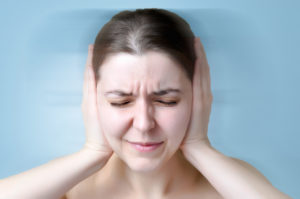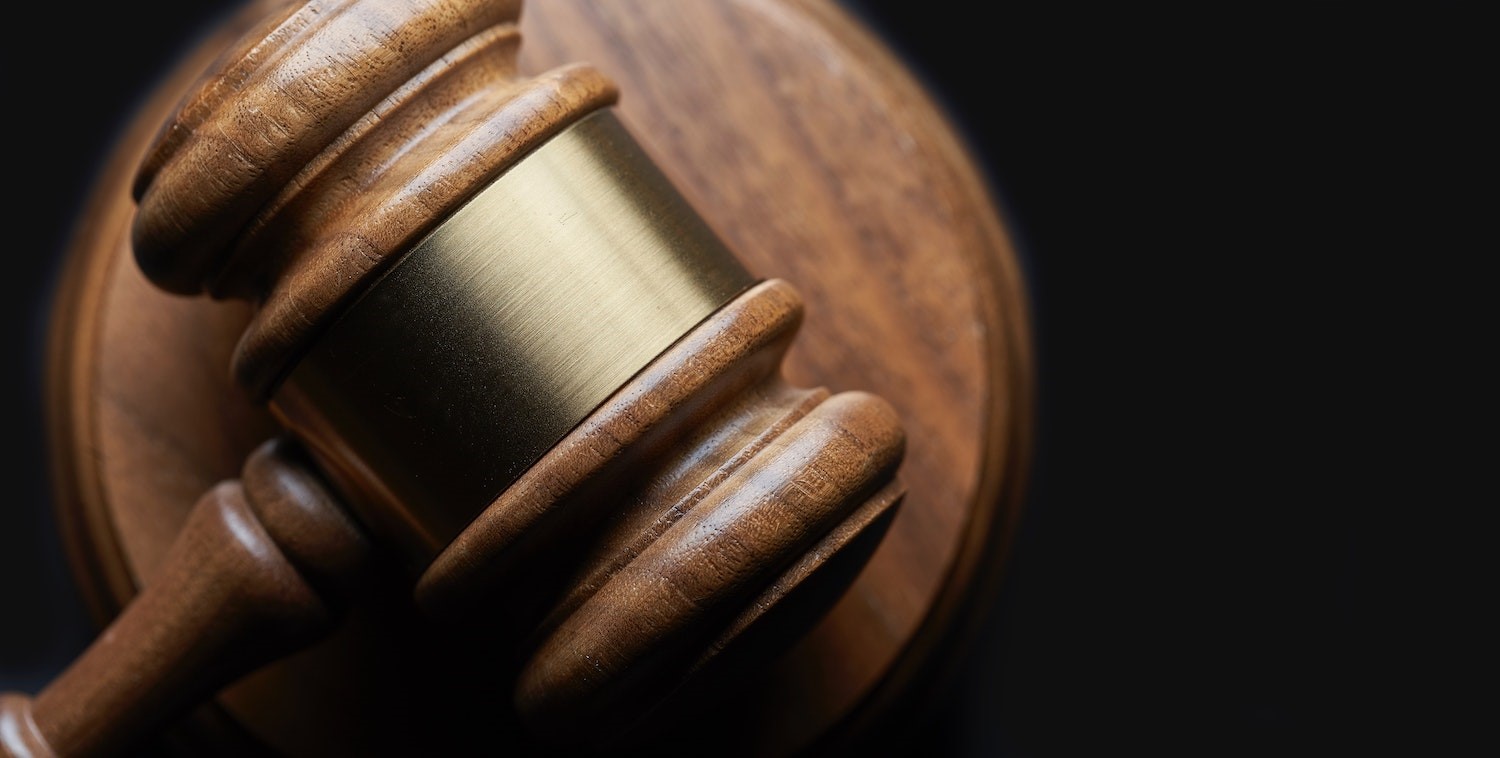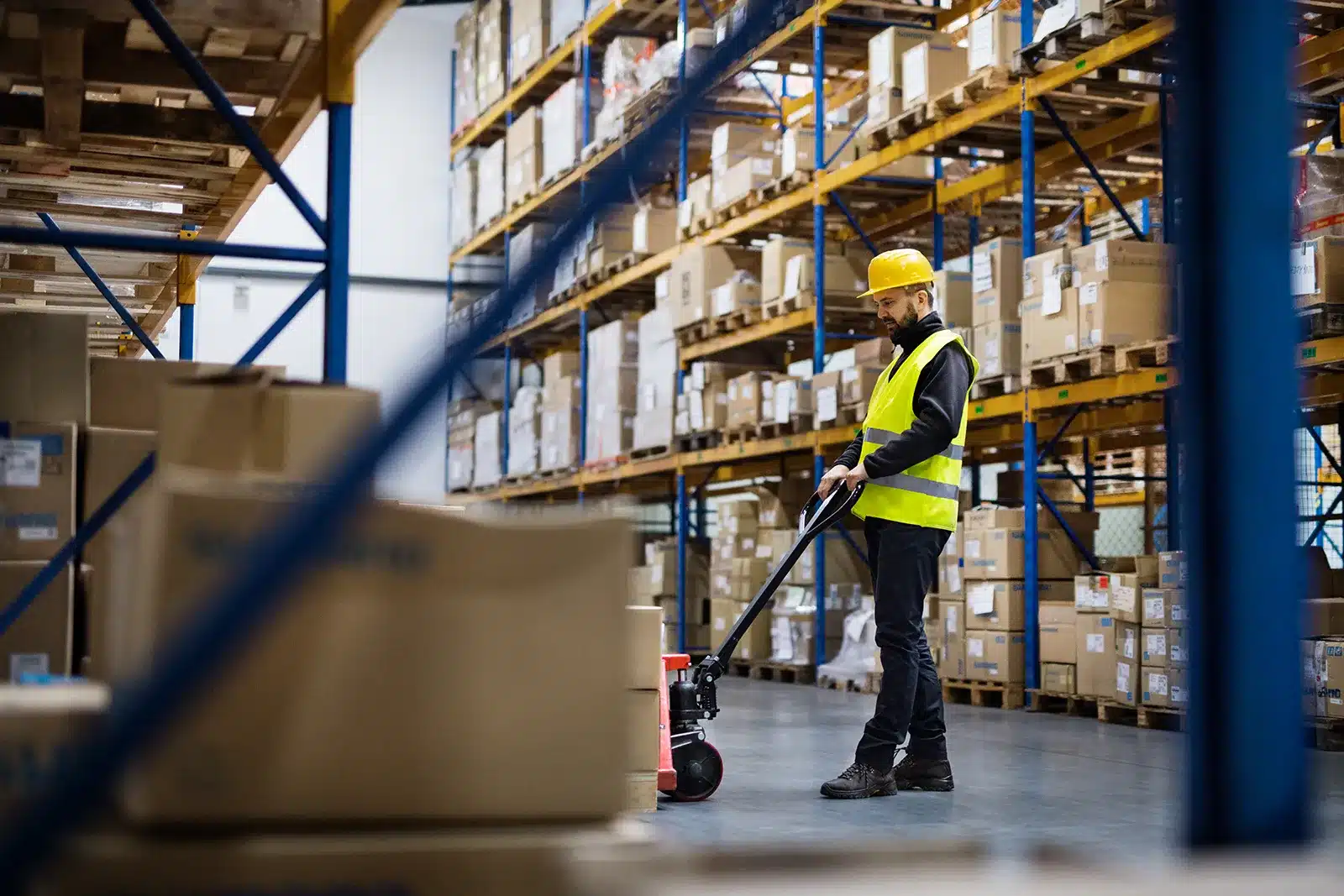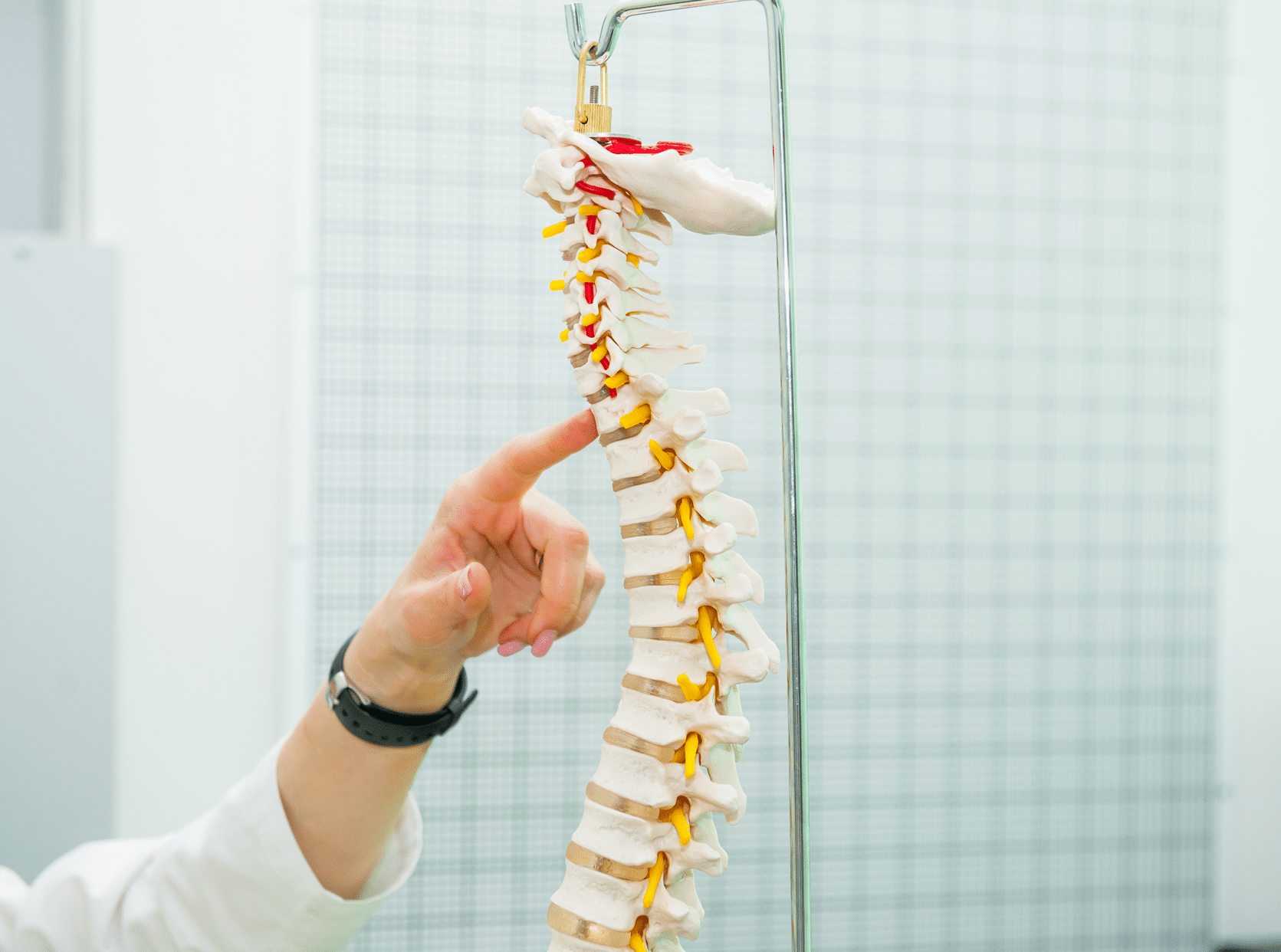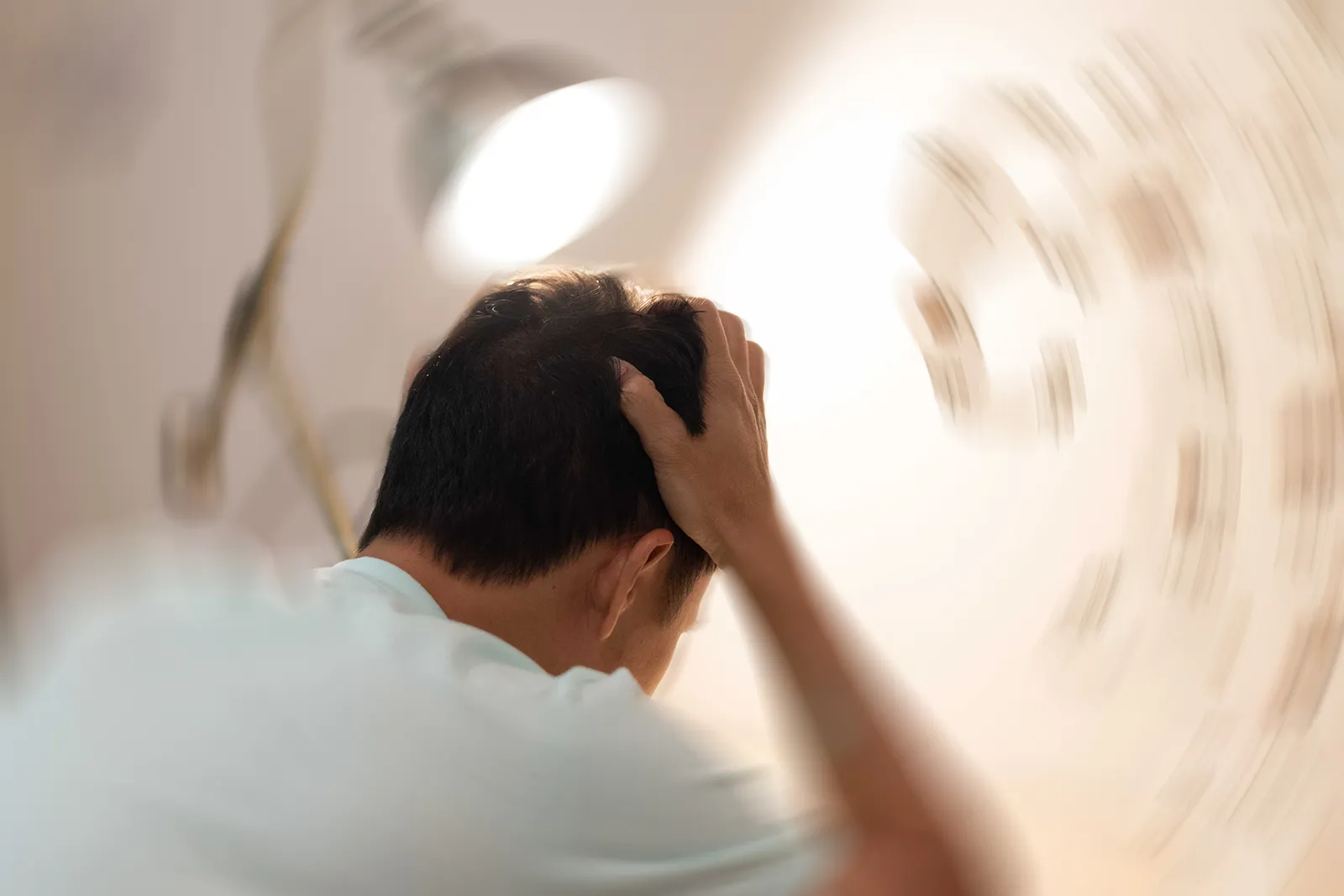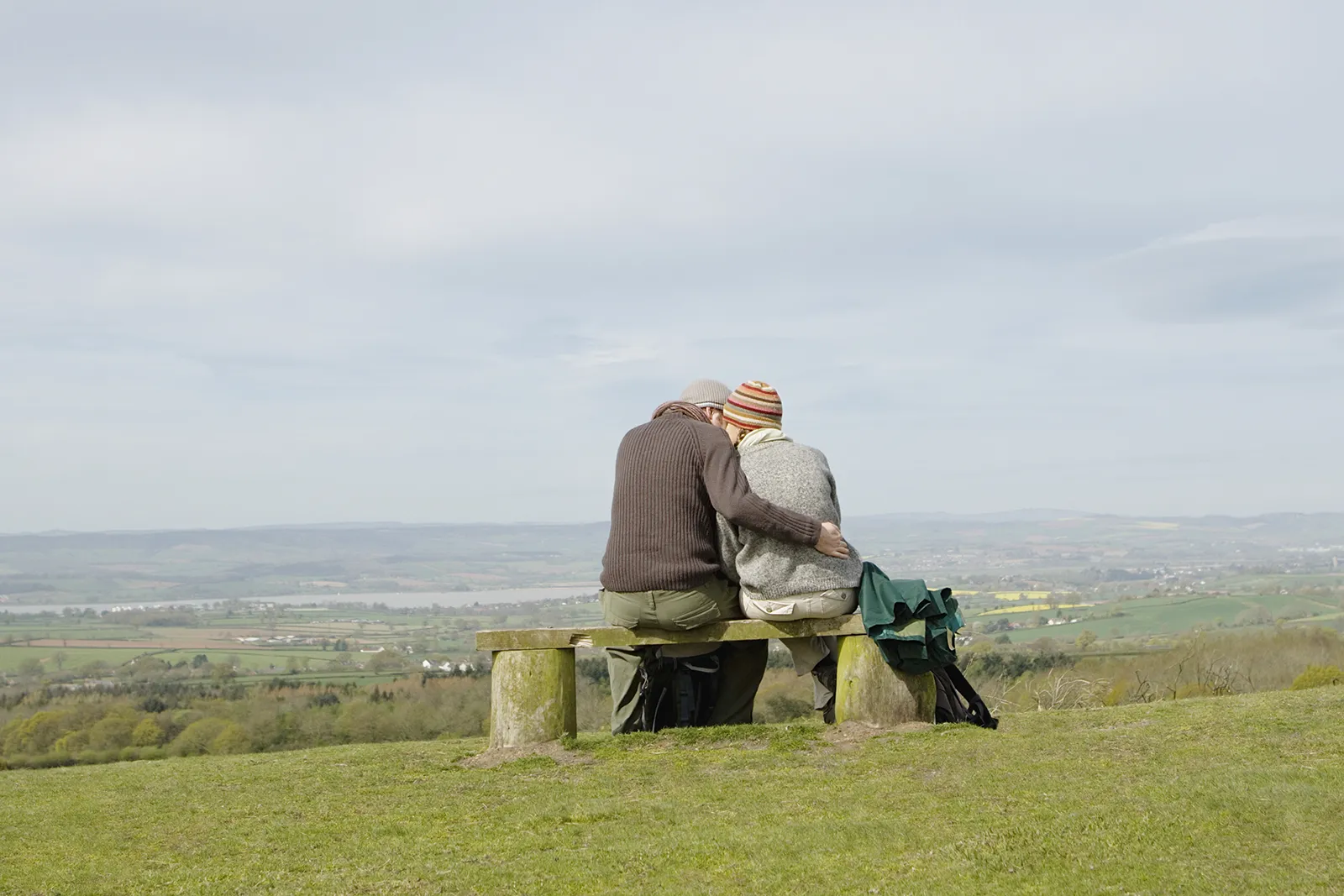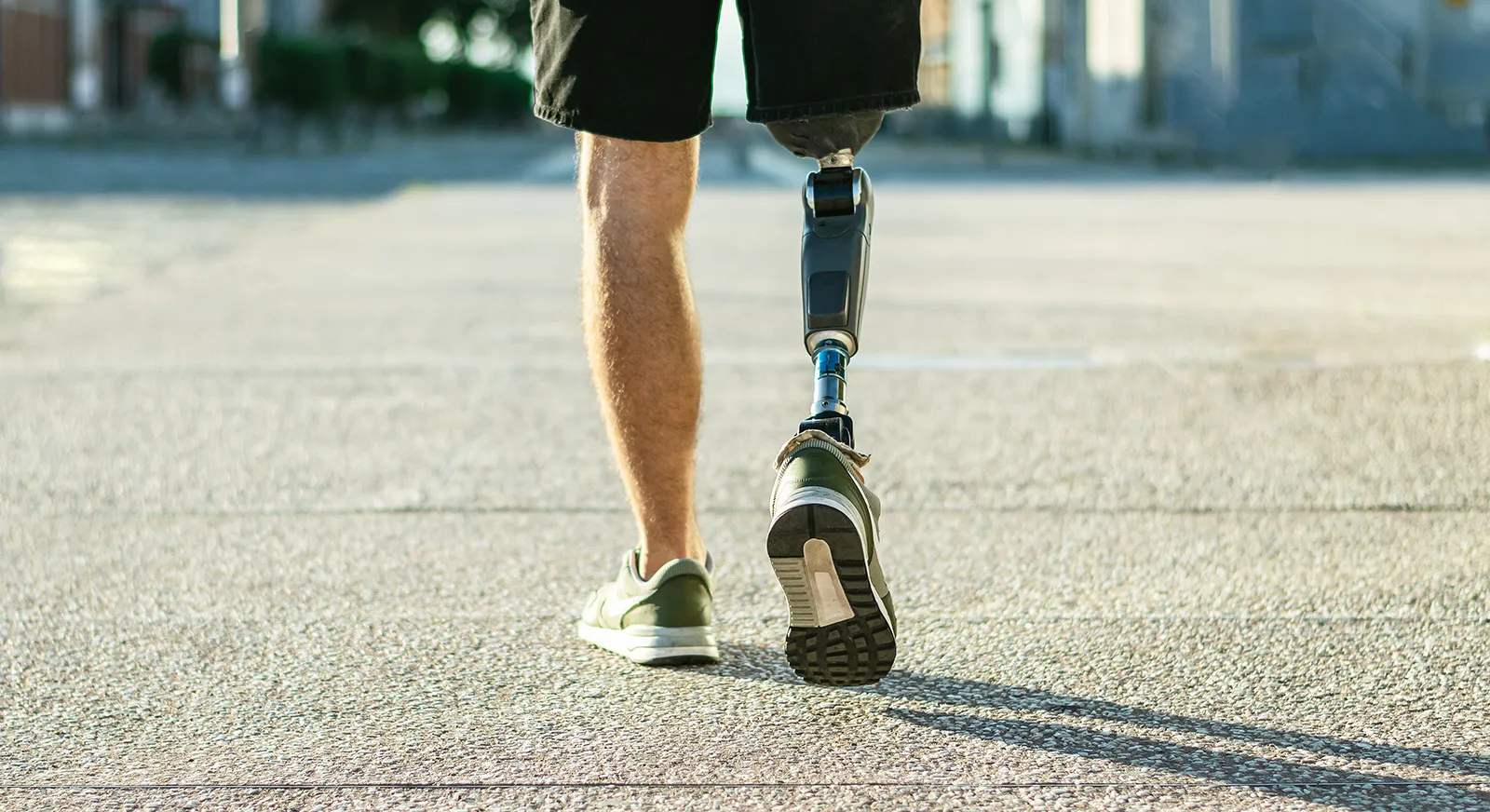None of us go to work expecting to be injured – but, just as many of those workers who were exposed to asbestos at work are now suffering dreadful health consequences, often years later, other workers who were exposed to high levels of noise at work may find that they now experience Noise Induced Hearing Loss (NIHL).
How many people does NIHL affect?
According to the latest statistics from the HSE, around 20,000 people working during the last year were suffering with NIHL – this includes new cases and longer standing cases of workers with the condition. Although small, it’s not an insignificant number and highlights the fact that employers should take their duties seriously to protect their employees’ hearing in the workplace.
How loud is too loud?
Once workplace noise levels reach 80 decibels, your employer should be advising you of the risks to your hearing, of steps you can take to protect yourself, and providing ear protectors for you to wear. Your employer should also be making every effort to reduce noise as much as possible. At 85 decibels or more, it’s up to your employer not only to provide you with ear protection but to make sure you wear it. Your employer should also be monitoring for hearing damage.
Traditionally, you might think of industrial workplaces – engineering or manufacturing, road mending, drilling or other machinery operation, textile mills. However, it’s worth considering that you may experience NIHL from working in bars, night clubs, or concert venues. Data from the Health and Safety Executive (HSE) suggests that noise levels in pubs run at around 96 decibels. Anyone who’s spent a night out on the town will be familiar with the ringing in the ears from music pumping out from speakers. Now, imagine the damage that might happen if you are working in that environment day (or rather night) in day out.
How will I know if my hearing is damaged?
Part of the problem with NIHL is that you may not be aware that your hearing has been damaged for some time after exposure to noise – perhaps even years after the event. You may attribute your hearing loss to old age or think that it’s just ‘one of those things’ – but if you were exposed to loud noise at work, this may well be the cause of your hearing problems. And if your employer didn’t take the appropriate steps to protect your hearing, for example by reducing noise levels or limiting exposure, you may have a claim for personal injury against them.
What are the signs of NIHL?
You may not be aware that your hearing has been damaged. One of the common indicators that you have NIHL is other people telling you that you talk too loudly, or commenting that you have the TV turned up too high. You may struggle to hear every day noises like the phone ringing, or have difficulty hearing people, especially in situations where there is lots of background noise.
What if my employer has shut down or I can’t remember who I worked for?
Don’t worry if your employer is no longer in existence or you can’t remember who you worked for. In most cases, you need to trace the insurer not the employer. You can trace your employment history through HMRC, and use this in conjunction with a search at the Employers’ Liability Tracing Office to track down the relevant insurance company.
At Truth Legal we are pretty confident that we can trace most insurers for now-defunct companies.
Noise before 1963
Of course, there was noise at work before 1963, but it was not generally recognised that noise at work could damage your hearing. Usually, you can’t claim for damage that occurred before this time. Claiming for noise damage caused by workplace noise after 1963 up to 1970 will depend on the industry you worked in. Those employed in mining, the steel industry, heavy engineering or textiles milling and spinning can claim back to 1963. In other industries, claims can be dated back to 1970.
What can you do?
Prevention is always going to be better than legal action for compensation. If you work in a noisy environment, and you’re worried about your hearing, talk to your employer. Although you may not have a handy decibel counter in your work bag, you can use the ‘2 metre’ rule to make an assessment of whether your workplace might be too noisy: if it’s too noisy to communicate easily with a colleague who is 2 metres away from you, your hearing may well be at risk. We suggest that you put your concerns in writing and that you retain a copy of what you tell your employer.
If you have become aware that your hearing is not as good as it once was, you must not delay in either seeking medical advice, and then seeking legal advice about the possibility of making a claim. As with other personal injury claims, you usually have 3 years to claim – and for NIHL this 3 years starts to run from the moment it was reasonable for you to know that your hearing loss was related to exposure to noise at work – often this is the date of your diagnosis. A court may extend this period of time under certain circumstances.
Compensation may not make up for losing your hearing, but if nothing else, it can pay for the best hearing aids available – and for the rest of your life. You should also receive compensation related to the impact the hearing loss has had on your life and on your ability to work.
An experienced Personal Injury Solicitor, like me Helen Beaumont, can help you to obtain this compensation for you. If your hearing isn’t what it was and you worked in a noisy environment, please get in touch with me.
I usually offer No Win, No Fee agreements in order to bring Noise-Induced Hearing Loss claims. This is standard in personal injury and industrial disease law.
Please get in touch with me for a no-obligation consultation. I hope that I can help you.
Further Reading
From one of the UK’s most read legal blogs.

